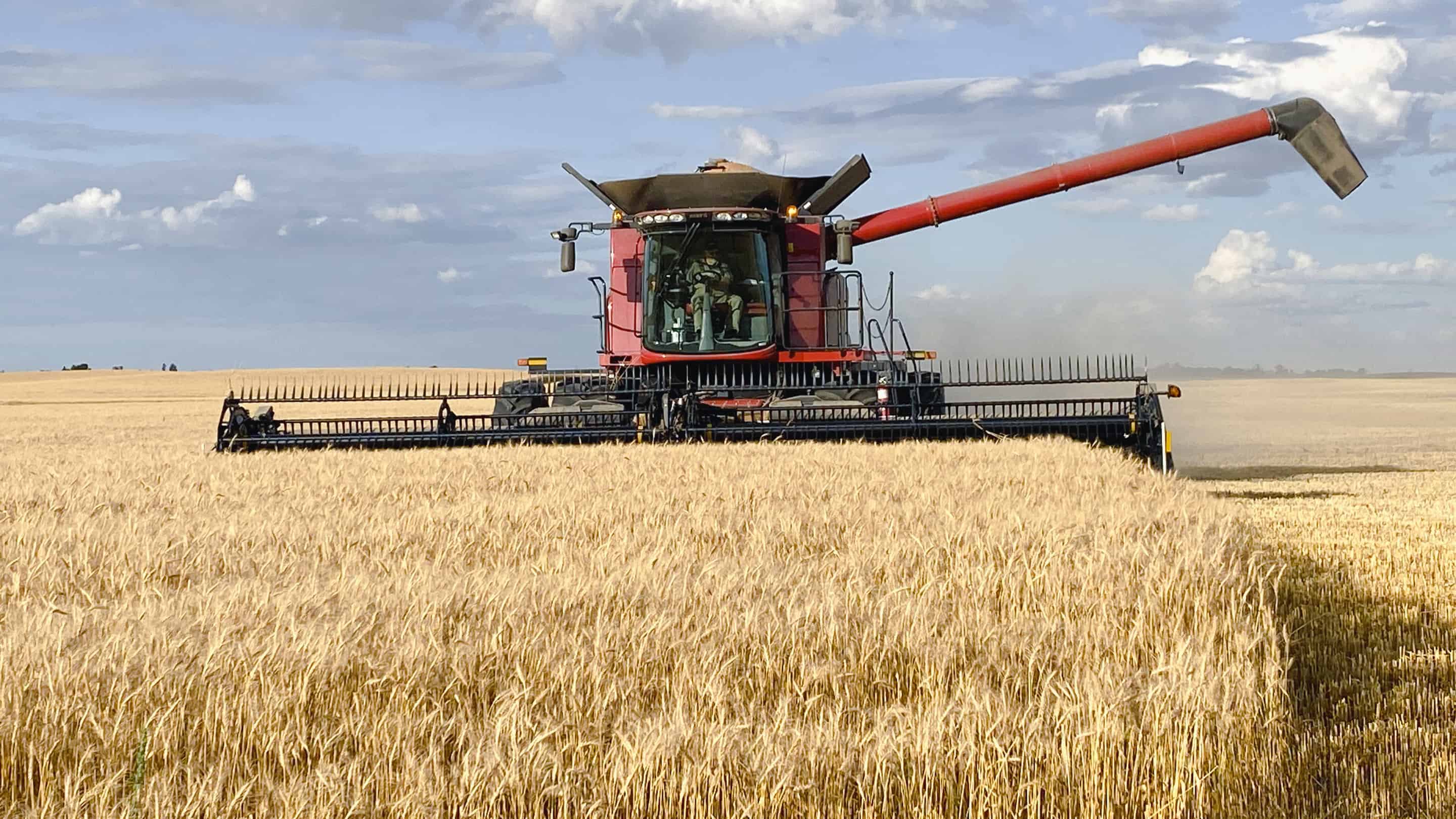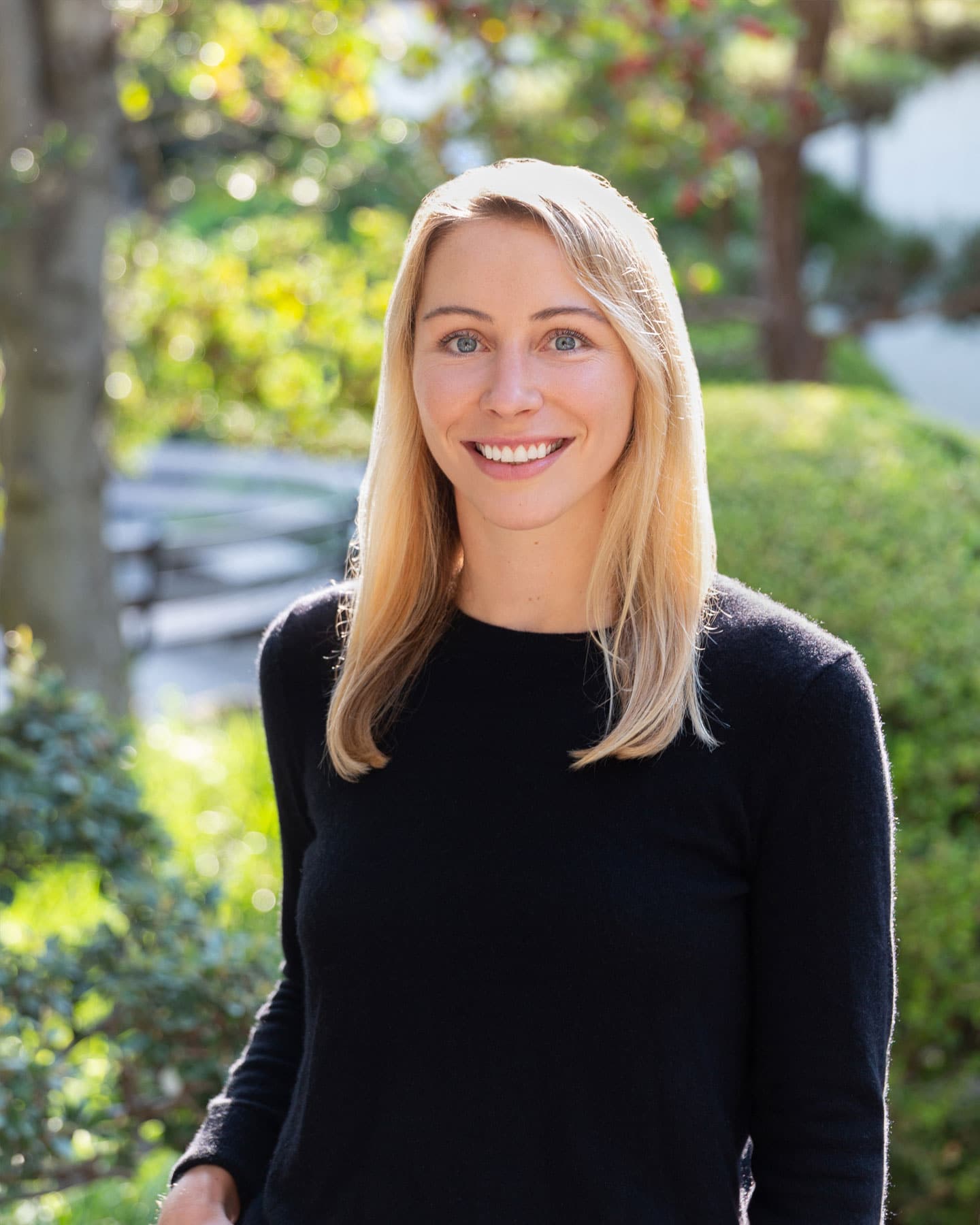Every two years, Fall Line hosts a Summit in Utah where we gather our farmers, portfolio companies, and agribusiness executives for an intense few days of technical talks and sports activities. What makes the event special is that all participants are encouraged to teach each other through sharing a talk with the group. Topics ranged from climate change to M&A strategies at large agribusiness companies to fire prevention and safety on farms.
One theme that emerged is that increases in productivity can come from both new equipment and operational changes. We heard from farmers about farm modifications and fleet decisions that increased productivity or enabled equipment to better fit practices and field conditions. Overall, it underscored the point that combining new equipment or technology with operational changes often yields the most value.
Primary problems to solve
Rising input costs and difficulty securing labor continue to be the primary challenges that can be addressed through re-engineering operations, precision applications, robotics, and automation.
Farmers’ toolkits to address these challenges are operational changes or modifying existing equipment. For example, Rob Davis, a farmer we work with in Eastern Washington, talked about how state regulations around wages and hours have encouraged him to get creative around scheduling. Over the past ten years, he has shifted his workforce from 23 employees to 6 employees at harvest and managed to increase loads per day through equipment modifications and improving trucking workflows. The solution is not always about substituting labor with machinery but, rather, producing more with available resources. As Rob illustrates, this can only be done through the synergies of operational changes and new equipment.
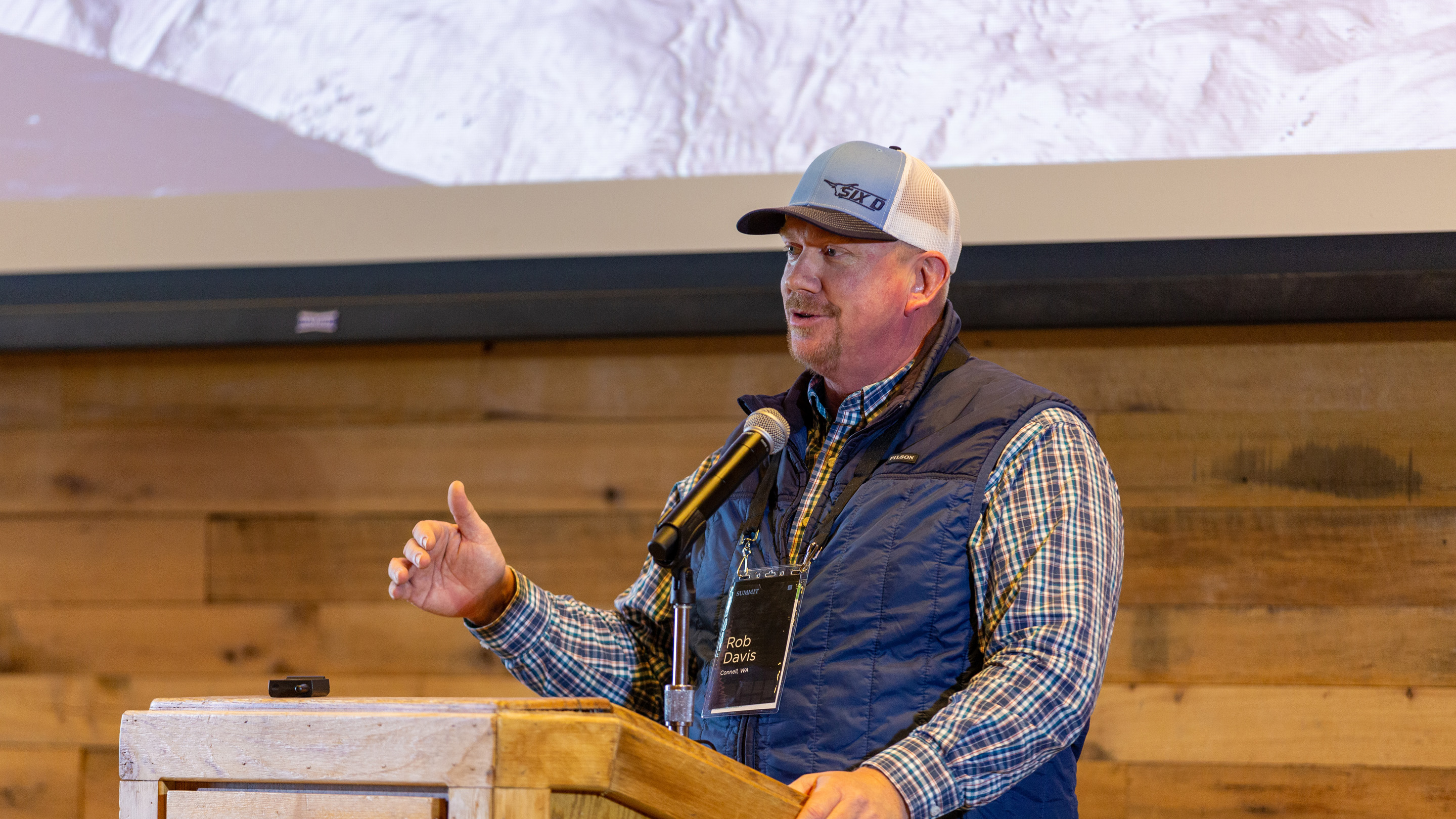
Productivity and Efficiency Layers
Putting operational and technological advancements together leads to the greatest boost in productivity.

This has implications for how startups and farms can optimize for value creation.
For startups keen on maximizing market size, this means thinking about how to deliver differentiated innovation that appeals to the widest audience. Sebastian Boyer of FarmWise shared how their team has evolved the FarmWise vision into building a general farming AI for plant recognition that spans a number of different applications. This allows farmers to decide how best to deploy FarmWise’s plant recognition and precision application technology across implements and crops. Rather than addressing every use case for customers, Farmwise is providing a compelling productivity gain that can be captured by the greatest number of customers.
In this case, the product can have the most applicability and, therefore, largest market size. Similarly, it allows for different value capture opportunities through operational changes for farmers.

Adopting a new piece of equipment will not automatically yield productivity gains. For farmers, it is valuable to think through the operational changes that will need to accompany new technology adoption in order to produce the most value. Secondly, equipment modifications or small fleet additions can be an unlock for value. Cole Pestorious of Frontier Family Farms shared how his addition of a 360 Sprint from John Deere reduced tendering idle time, which allowed his operation to cover more acres per day, reduce compaction, and get more out of their existing fleet. It is up to a farm to decide how they can best gain value through adopting new technology and equipment, and it is optimal from a market size and product development strategy for hardware companies to build solutions that cover a broad range of crops and use cases.
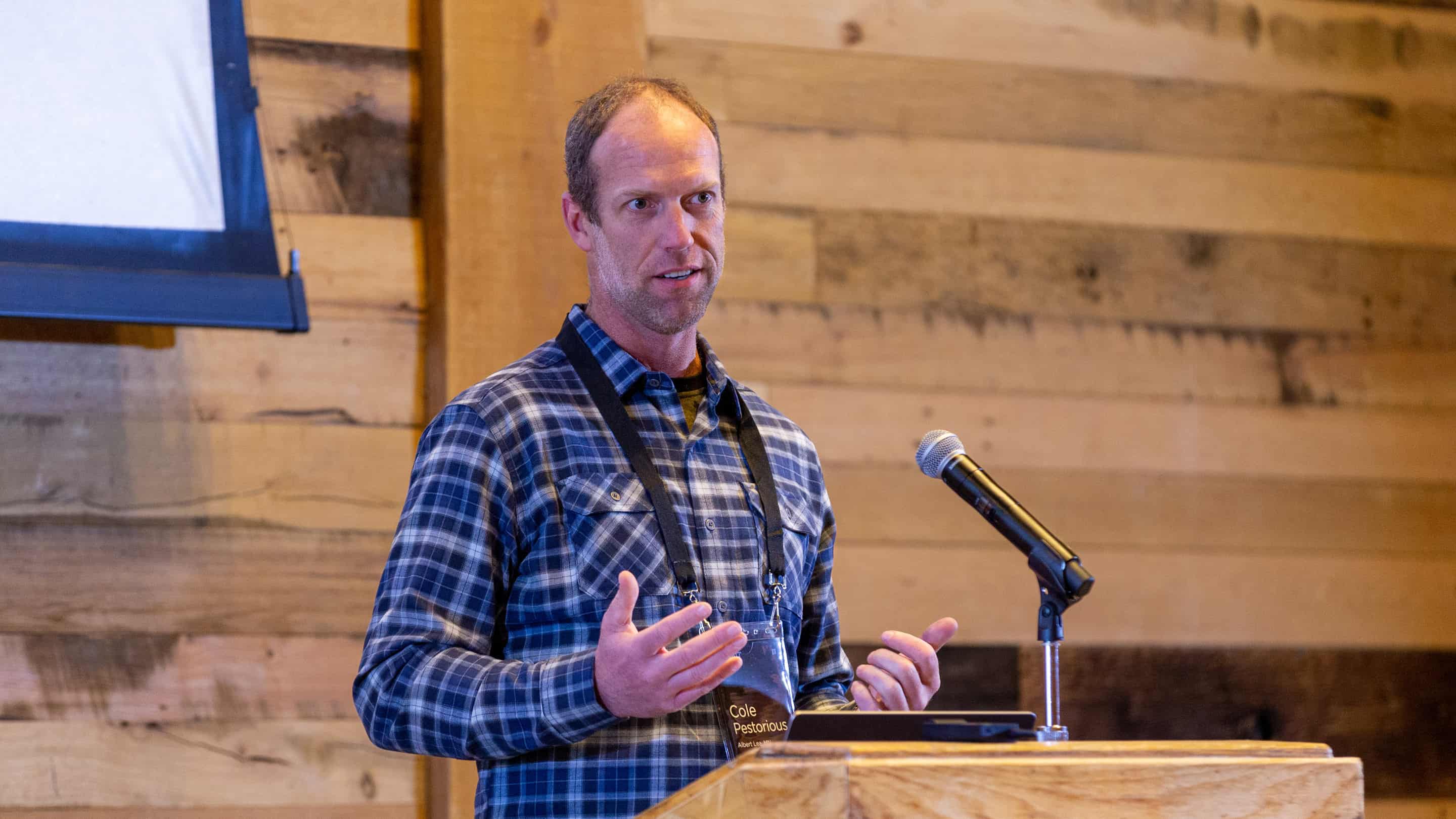
Implications for Implementation
The talks at the Fall Line Summit emphasized the importance of implementation because productivity gains are derived from both hardware and operational adjustments. Godard, co-founder and COO of Verge, a path planning and fleet optimization platform, shared that his core product design principle is shortening the time to value and creating a sense of flow with the software tool. This allows farmers to achieve outcomes faster and figure out how to best leverage the Verge software for their operation. Their latest product, Equipment Explorer, helps farmers map out and understand the most efficient way to conduct field activities by mapping out the use and time needed for each piece of equipment in a farm’s fleet. This guides which size and type of equipment a farm should acquire.
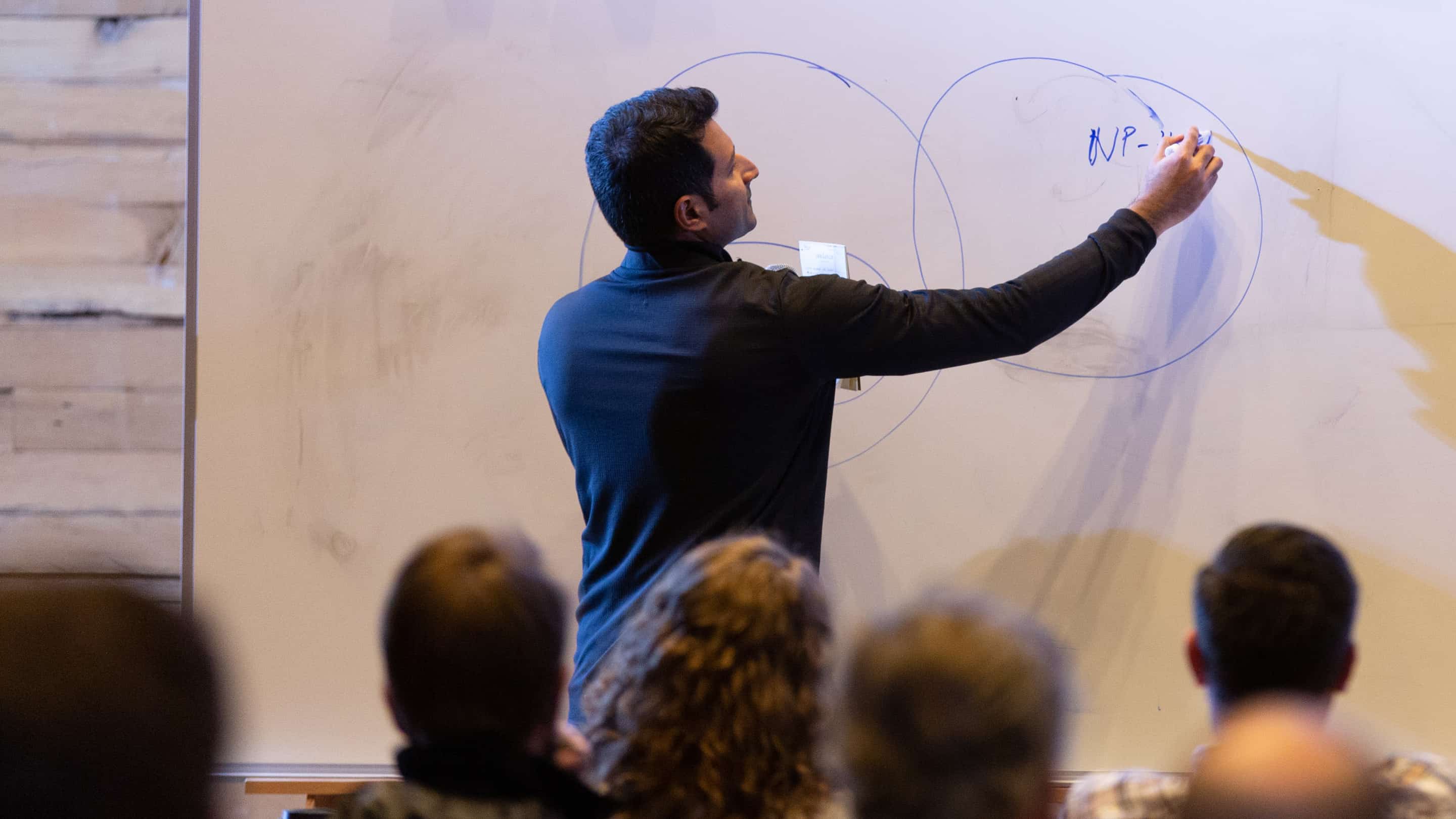
Use-Case Specific Equipment Requires Fewer Operational Changes
On the other end of the spectrum, we do see use-case specific equipment that given its specificity, has very minor farmer implementation requirements. The market size of these companies might be smaller but the value to a farm can be easily surmised. A good example of this is the Fire Tamer. Several years ago Clark Oberholtzer had a devastating combine fire on his farm in Central, Alberta. Being a long distance from the local fire department his expensive combine was lost before any fire trucks arrived. Clark saw his sprayer and spray fill tanks sitting there in the yard with their 1000+ gallons of capacity and thought “what if I could find a way to also make those pieces of farm equipment into fire fighting machines?” The Fire Tamer is a remote controlled fire hose nozzle that quickly mounts on a high clearance sprayer so that water can be expelled on a fire up to 100 feet from the front of a unit, simply using the pumps and electronics that are already on the sprayer. This involves very little operational changes but the use case is reserved for one-time events.
I suspect that we will continue to see venture backed startups that develop broad-ranging technologies as opposed to use-case specific technologies. However, these companies must realize that the ultimate value of their equipment hinges on farmer implementation and operational changes. As an operator, it is important to consider the implementation and operational changes that can be combined with technology adoption to drive productivity gains.
